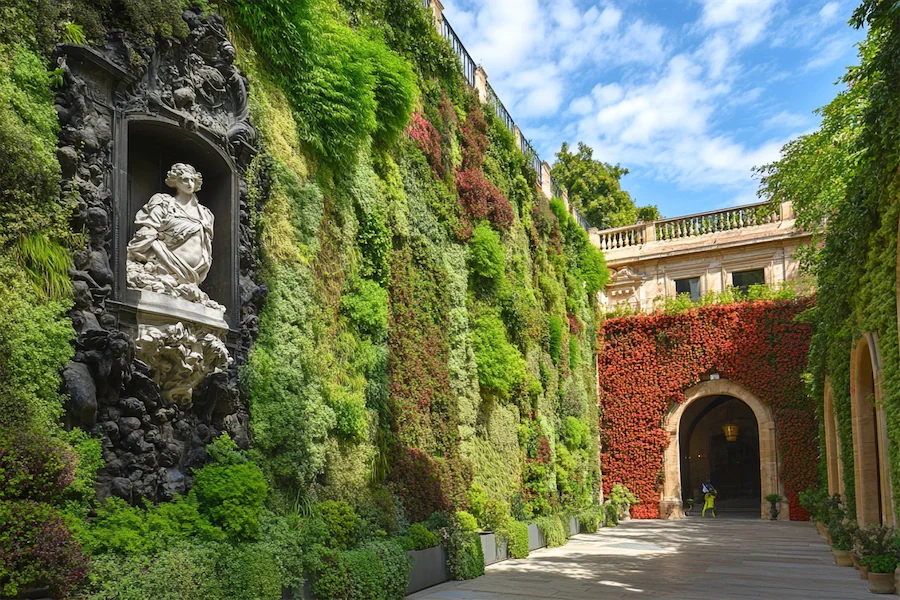A vertical garden, also known as a living wall or green wall, is a method of growing plants upward on structures such as walls, fences, or trellises. This approach maximizes space, enhances aesthetics, and can improve air quality, making it ideal for urban environments and small spaces.
History and Origins of Vertical Gardens
The concept of vertical gardening dates back to ancient civilizations, with notable examples like the Hanging Gardens of Babylon. In modern times, botanist Patrick Blanc popularized the living wall concept in the late 20th century, integrating vegetation into urban architecture to promote biodiversity and environmental benefits.
Key Features of Vertical Gardens
- Space Efficiency: Vertical gardens utilize vertical space, making them suitable for areas with limited ground space.
- Aesthetic Appeal: They add visual interest and can serve as focal points in both indoor and outdoor settings.
- Environmental Benefits: Vertical gardens can improve air quality, provide insulation, and reduce urban heat island effects.
Applications of Vertical Gardens
- Urban Settings: Ideal for city dwellers to incorporate greenery into apartments, balconies, or small courtyards.
- Commercial Spaces: Businesses use vertical gardens to enhance aesthetics and promote a green image.
- Public Areas: Cities implement living walls to increase green spaces and promote environmental sustainability.
Considerations When Creating a Vertical Garden
- Structural Support: Ensure the supporting wall or structure can bear the weight of the garden, especially when saturated with water.
- Plant Selection: Choose plants suited to the local climate and light conditions of the installation site.
- Irrigation and Drainage: Implement an efficient watering system to maintain plant health and prevent water damage.
Conclusion
Vertical gardens offer a practical and visually appealing solution for incorporating greenery into limited spaces. By understanding their features and applications, individuals and communities can create sustainable and enriching environments.
